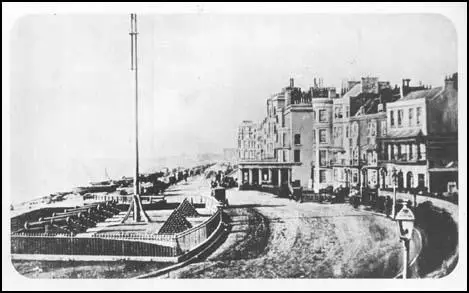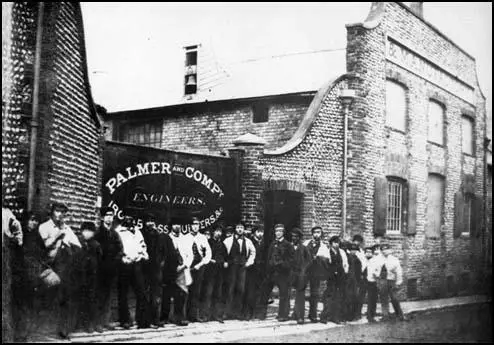Outdoor Photography
When Joseph Nicephore Niepce created the earliest surviving
photograph in 1826, the materials he used were so insensitive
it took 8 hours of sunlight for the image to be fixed on the pewter
plate he had prepared. Niepce's heliograph ('sun drawing') was
a view of his courtyard, taken from a top floor window. In 1839,
when photography was first introduced to the world, camera exposure
times ranged from five to fifteen minutes and so the only suitable
subjects were buildings, landscapes and arrangements of still
life. The majority of the pictures made by L.J.M.Daguerre himself
are of buildings and views in Paris.
Artists and amateurs may have been content to use the new invention
to produce a pleasing landscape or record an interesting building,
but astute businessmen knew that financial reward and commercial
success would lie in portrait photography. Every effort had been
made to reduce camera exposure times so that the daguerreotype
process could be used to make portraits. By the early 1840s technical
advances in photography meant that a sitter would only have to
hold a pose for a number of seconds rather than a number of minutes.
When Richard Beard, the patentee of the daguerreotype process
in England and Wales, sold licences authorising the setting up
of 'Photographic Institutions' in provincial towns, the purchasers
were mainly interested in using the invention to "take likenesses."
Outdoor Photography in Brighton Before
1854
The journalist who in November 1841 welcomed the opening of William
Constable's 'Photographic Institution' on Marine Parade in the
pages of the Brighton Guardian, recognised that the main purpose
of photography was to secure "a correct likeness without
the tedium of sitting for hours to an artist."
William Constable made his living from taking "likenesses",
charging his customers one guinea for "a portrait in a plain
morocco case", but it is known that he occasionally took
his camera on to the streets of Brighton. In the 1840s, Constable
took views of fashionable houses in Kemp Town, and two daguerreotypes
of houses in Lewes Crescent ended up in the photograph collection
of Richard Dykes Alexander.
In the early 1850s, local artists Edward Fox junior and
George Ruff senior were taking photographs of buildings
in Brighton. Ruff made a daguerreotype of St Nicholas Church around
1850 and Edward Fox, who declared in later advertisements that
he had "given his whole attention to Out-Door Photography
since 1851", produced pictures of shop fronts, churches and
other public buildings in Brighton and the surrounding area. In
1853, Robert Farmer, proprietor of the 'Daguerreotype Rooms'
in North Street, Brighton was exhibiting his calotype views of
the Royal Pavilion and the Railway Terminus and daguerreotype
views of Brighton's oldest church.

The
West Battery, Kings Road (c1850)
Outdoor Photography in Brighton 1855-1862
With the advent of the collodion process, more and more photographers
in Brighton were taking their cameras out on the street to record
life in the town.
Old buildings and structures scheduled for demolition were a favourite
subject for photographers, who were anxious to record them for
posterity. For example, a battery of eight guns was established
in Brighton's West Cliff in the 1790s to protect the town from
French attacks by sea. In 1857, it was decided to remove the West
Battery so that Brighton's main thoroughfare, the King's Road,
could be widened. Work commenced in January 1858 and from this
date a series of photographs recorded the progress of the dismantling
of the battery and the breaking up of the artillery ground.
In 1862, a row of old houses and shops that ran from 41 to 43
North Street, was scheduled for demolition. A set of oval shaped
photographs recorded the shop fronts and the rear ends of the
buildings that were to be demolished. It is not clear exactly
why these photographs were commissioned, but they allow us to
glimpse not only a vanished parade of Victorian shops, but also
a few bystanders, some of whom would not have been able to afford
the services of a photographer. Another gorup of workers whose
wages probably would not stretch to pay for a sitting at the professional
portrait studio, are captured on a photograph showing the entrance
ot the premises of Palmer and Company, Engineers and Iron Founders.

Workers
employed by Palmer & Co.Engineers stand
outside the company's premises in North Road. (c1865)
CLICK HERE TO CONTINUE
Stereoscopic Photographs